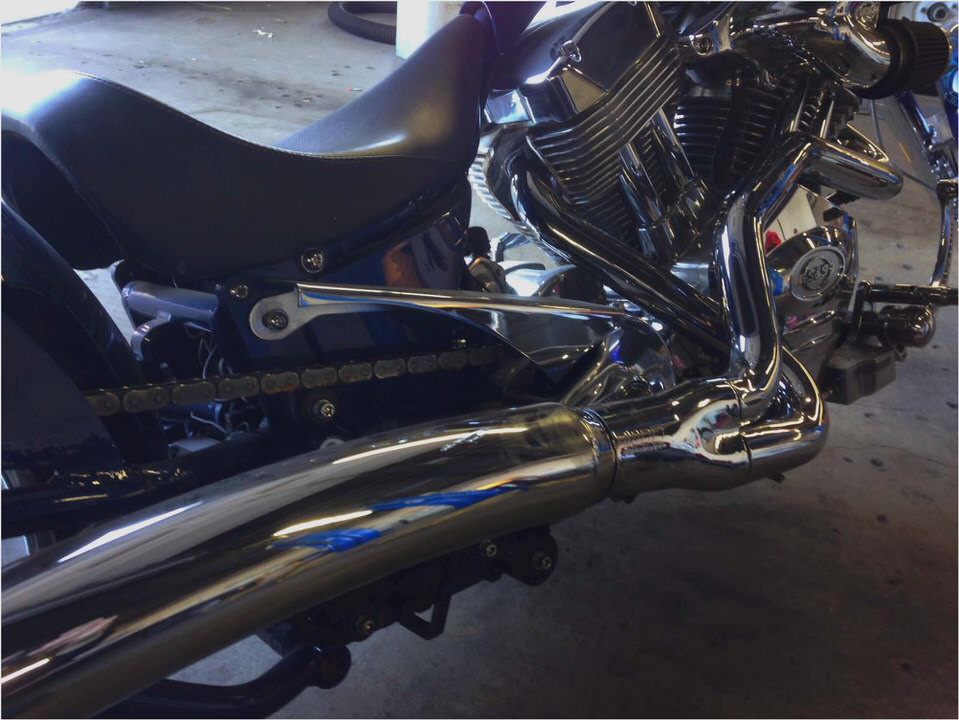
Australian Roads
Australian roads are a lot safer today, compared to the mid-1970s. In the period before this significant juncture in vehicle safety awareness, both vehicle technologies and attitudes were not mature enough to take vehicle safety seriously. Consider the following:
Before the 70s
– No seatbelt laws in place
– Safety in bike design not a priority
– Seatbelt regulations implemented
– Improved road system and traffic monitoring
– Strict enforcement of traffic rules, with emphasis on drunk driving
– Crash data becomes source of information for bike design
Because of increased awareness in the importance of making bikes safer, the Australian Design Rules came into being, which sets design standards for vehicle emissions and safety. The rules, which are updated periodically, specify things like passenger cell strength and stiffness requirements, collapsible steering columns and padding on instrument panels and crumple zones, which minimise the amount of crash energy transferred to passengers when a vehicle collides with a solid object.
2. Effects of regulation
It is no coincidence that the decrease in road fatalities and serious injuries started with the implementation of safety-oriented vehicle regulations in the mid-70s. Based on accumulated data, bike accident researchers in Australia have been able to compile the following statistics:
– seatbelts reduced the risk of fatal injury to front-seat occupants by 45 per cent and the risk of serious injury by 50 per cent
– a study in 2004 for the U.S NHTSA estimates that a combination of technologies (seat belts, airbags, collapsible steering wheels, improved door locks fuel systems child restraints) saved more than 300,000 lives from 1960 to 2004
– as of December 2010, death rates per 100,000 on South Australian roads were at 7.2, compared to 10.1 in 2002
– the years 2006-2010 saw South Australia record an average annual decrease of 3.7% in the number of fatalities while over the same period, the national average dropped 3.3%
– the NSW RTA says that the rate of fatalities in road crashes per 100,000 population in NSW has declined over the last three decades from 28.9 in 1970 to 6.5 in 2009, despite a considerable increase in the number of motor vehicles on the roads
– using police reports and data from five Australian states and New Zealand, researchers have established that the average crashworthiness of Australian passenger vehicles was 4.5% in 1991, with a continuous improvement over the next fifteen years to 3.3% in 2006
– researchers estimate that if the safety of the Australian fleet had not improved in the above percentages, there would have been an additional 39,000 cases of vehicle occupants being seriously injured or killed from 1991-2006, which represents a 14.6% increase
– this improved safety of the Australian fleet is estimated to have saved 2,700 lives over the period 1991-2006.
– for New Zealand, the average crashworthiness was estimated at 7.5% in 1991 and 4.2% in 2006, which translates to an estimated reduction in serious injuries or fatalities by approximately 12,600 cases
3. Key present-day technologies
The list that follows enumerates common safety technologies and their effectiveness in reducing fatalities or serious injury in crashes. Except for top speed limiters, these features are readily available on a wide range of passenger vehicles.
– front airbag – 29% if seat occupant is also wearing a seat belt
– side airbag – 37% if w/ head protection, 26% if for torso protection only
– ABS brakes – 12% reduction in collisions in wet roads
– energy-absorbing crumple zones – up to 75% reduction in the force that reaches the passengers
– advanced seat belt systems – 42% fatality reduction
– collapsible steering columns – 12% reduction for fatalities and 38% for serious injury
– rollover resistance – depending on the vehicle, can reduce fatality risk by up to 40%
– rear-impact protection – designed in conjunction with crumple zones
Car manufacturers continue to release new safety technologies with every model release. Some of these are truly beneficial, while others have marginal benefit. This is because safety has become an important marketing tool, and some manufacturers are obviously capitalizing on that.
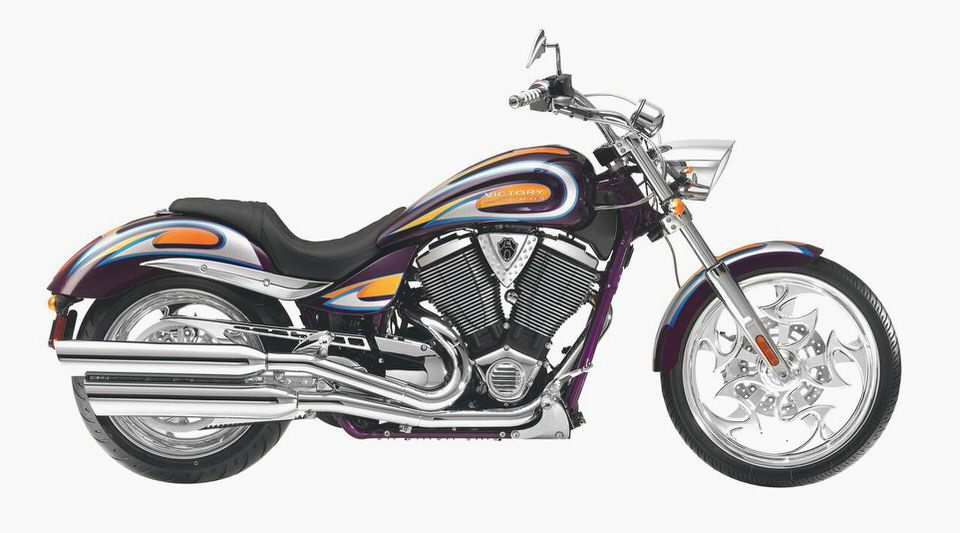
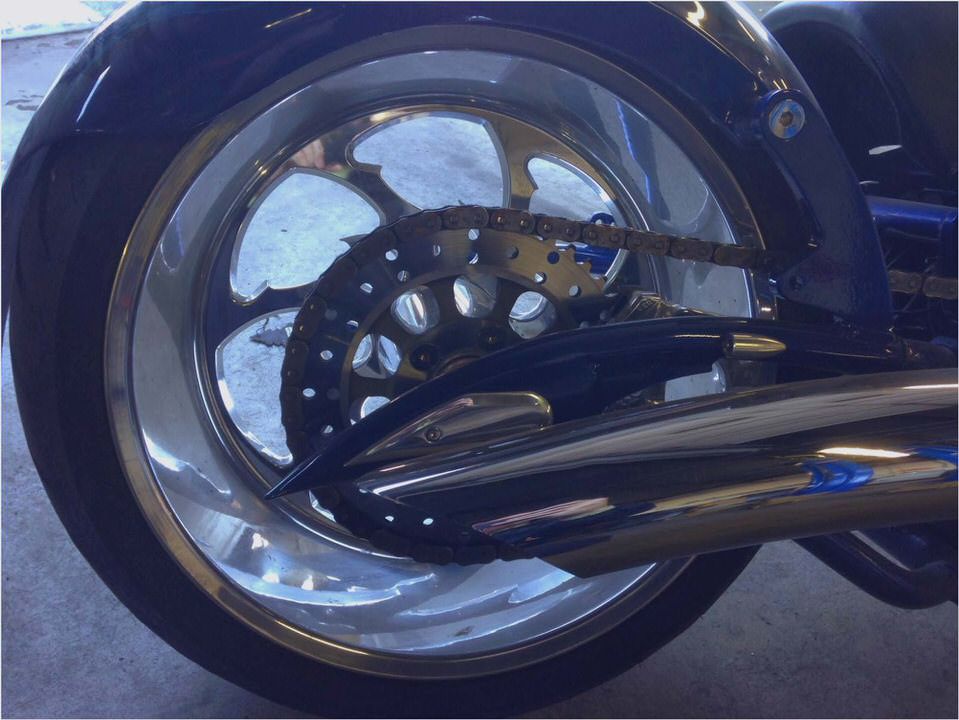
A review of Used Car Safety Ratings will show the reader which technologies truly benefit car occupants to a significant degree.
4. Future trends
The Australian government is correct in targeting ever-improving road safety standards, even with continued decreases in accident injuries and fatalities. This is because in higher-income countries, road traffic accidents are already among the top ten leading causes of disease burden, as measured in DALYs (disability-adjusted life years).
In less developed countries, road traffic accidents are one of the most significant cause of injuries, ranking as one of the most important causes of lost years of healthy life. According to a World Health Organization/World Bank report The Global Burden of Disease, deaths from non-communicable diseases are expected to climb from 28.1 million a year in 1990 to 49.7 million by 2020. This represents an astounding 77% increase, wherein traffic accidents are the main cause of this rise.
Road traffic injuries are expected to take third place in the rank order of disease burden by the year 2020. The Draft South Australian Road Safety Strategy 2020 is aiming to meet the goal of the National Road Safety Strategy 2011-2020 to reduce serious casualty trauma by at least 30% during the decade.
But safety devices do not offer a foolproof guarantee: drivers should be responsible for monitoring the safety of their cars and their behaviour behind the wheel. It is recognized that teenage drivers are the highest risk group, in terms of endangering themselves and others on the road. In a nationally representative online study conducted in March 2010 of more than 1000 teenagers aged between 12 and 18 years, the following statistics emerged:
– about 10% of all Australian teenagers have been involved in an accident
– 25% of the respondents in the study admitted to having a car
– 49% said that they would purchase a car within the year
– Drunk driving, risk-taking behavior and now, cellphone use are the most significant accident-causing factors that beset the teenage population of drivers
– Australia is not alone in having teenagers as the highest-risk driving group; practically all countries share this sobering statistic
This age group represents the next generation of Australia’s drivers, and it is very important to educate this group now so that the gains in road safety will not be wasted. Despite occasional slips in statistical reviews, Australia remains one of the top countries with admirable and ever-improving vehicle safety statistics. Only continued vigilance and awareness will ensure that this remains so well into the future.
References and further reading:
http://www.safecarguide.com/exp/deathrate/idx.htm
Vehicle safety ratings estimated from police reported crash data: 2010 update. Australian and New Zealand crashes during 1987-2008 –
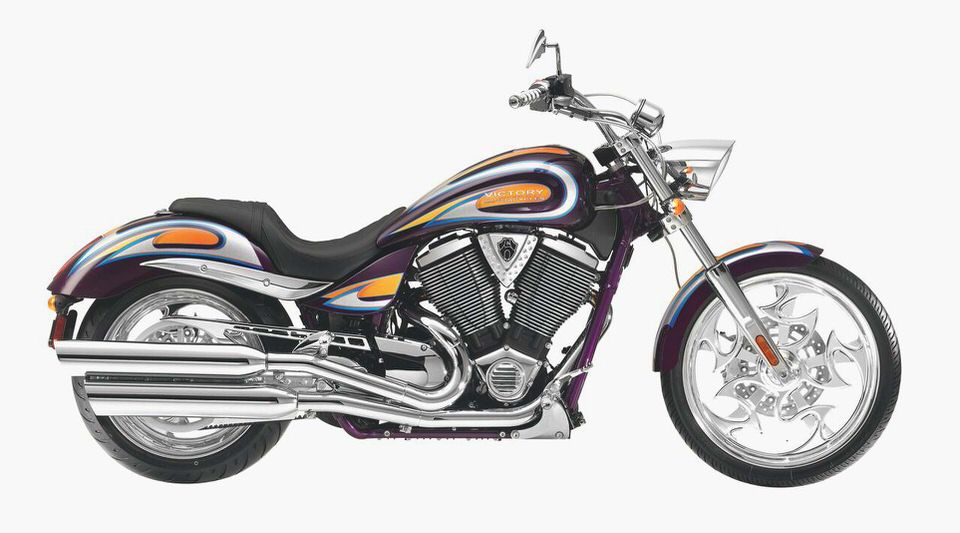

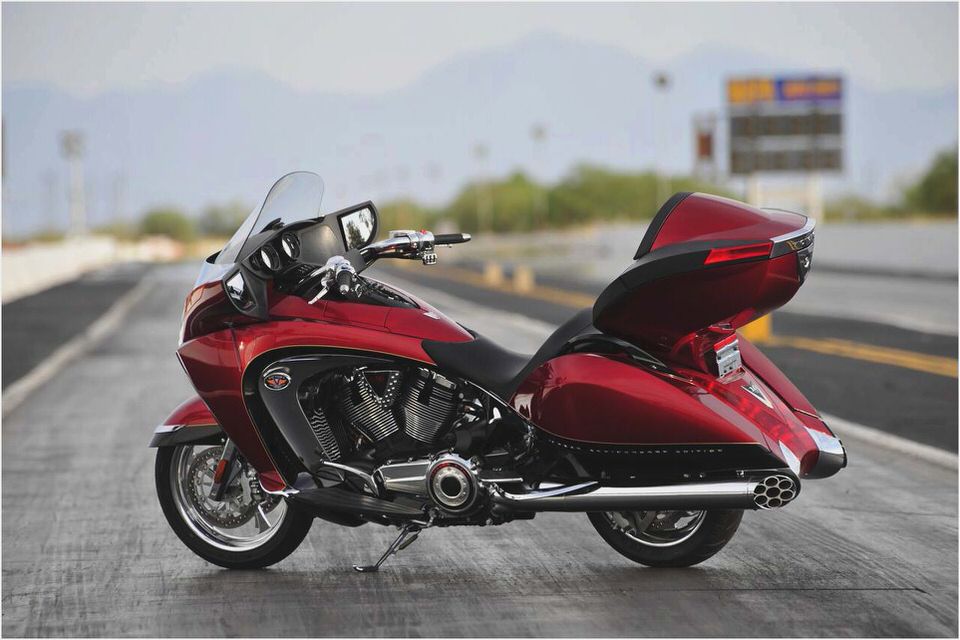
- Yamaha Vintage Motorcycles
- Liquid Asset Partners, LLC
- Tractor tire chain size
- A Sailors Story 2 – BIG DOG Motorcycles Forum
- Orange County Marketplace Square ~ Motorcycles for Sale

